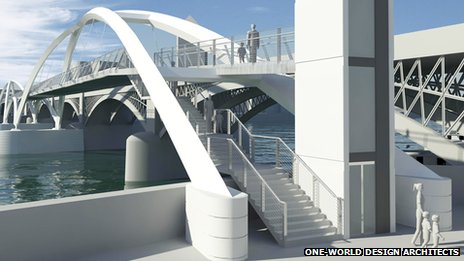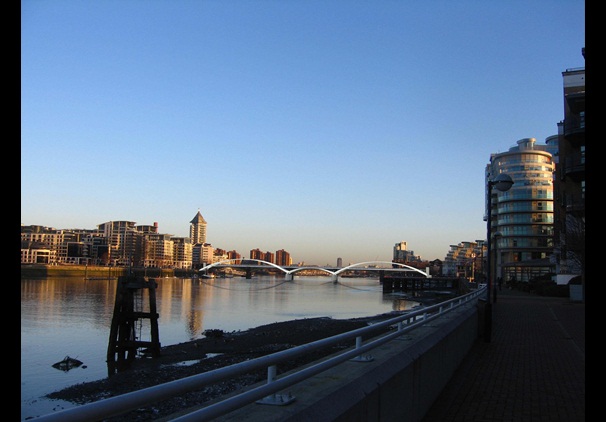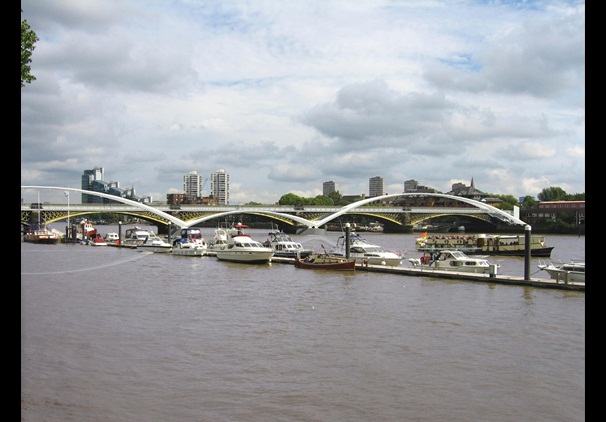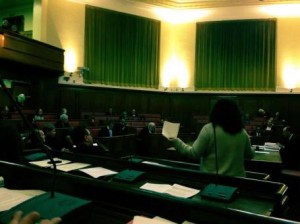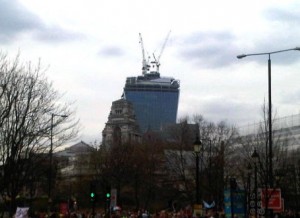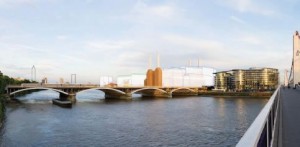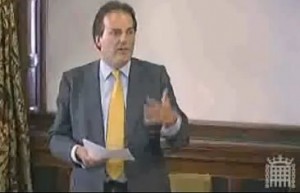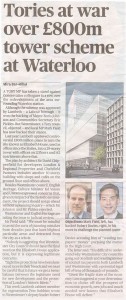Author: Cyril Richert
The Council has now published its report on the Consultation on changes for its Local Plan (item 9 – Paper 14-141). In total 34 respondents made representations relating to the different planning documents (Core Strategy, DMPD, SSAD, …).
CJAG contributed to this consultation last July 2013. Our general point was that most of the comments made by the residents, groups and societies have been rejected or ignored in previous consultations on planning policy; it questions the purpose of the full process, other than ticking the right box at the right time.
As you see below, this time again, all our comments regarding the meaning of the policy (wording, strengthening) have been rejected, to the exception of our comment on acceptable images (which shows have we say all along that there is a real problem). Our accepted comments relate to factual corrections on dates and updating information on sites already developed.
You will find below the relevant parts on CJAG’s comments through the 40 pages. We have quickly highlighted in green when our comments have been accepted, and in red when they have been rejected.
Comments on the plan as a whole/general principles
4.1 […] Whilst a number of the general comments indicated that the Plan was not sound these did not relate to the overall approach adopted by the Council. Some comments, e.g from the Wandsworth Society and Ernshaw Place Residents’ Association (EPRA) related to how the policies applied to the assessment of planning applications, and how residents views were taken into account in assessing planning applications.
4.2 The Council does not agree with EPRA’s assertion that “residents have played part in devising these plans“. The Council has undertaken its statutory duties in consulting the public and other bodies throughout the development of the Local Plan and the Local Development Framework documents on which they are based. As reflected in this document, the Council has carefully reviewed all the comments received at every stage in the production of the documents, and agreed numerous amendments in response to the comments received.
Comments on the Core Strategy & DMPD
4.3 This section sets out comments on Chapters 1 – 3 of the Core Strategy (Introduction; Issues problems and challenges; and A spatial vision and strategic objectives for Wandsworth) and Chapter 1 of the Development Management Policies Document ((DMPD) Introduction).
4.4 The date of consultation on the topics to be included in the review in paragraph 1.4 of the Core Strategy has been corrected as identified by Clapham Junction Action Group (CJAG) and EPRA.
4.7 The CJAG and the EPRA commented on changes to the Council’s Strategic Priorities set out in Core Strategy paragraph 1.20. The change to paragraph 1.20 reflects the priorities identified in the Council’s latest Corporate Business Plan.
4.11 Paragraph 4.1 has been amended to reflect the latest population projections and revised housing targets. The changes do not reflect “a major goal to transform Wandsworth into a dormitory borough” as suggested by CJAG.
Sustainability
4.12 The Putney and Wandsworth Societies, Clapham Junction Action Group (CJAG) Ernshaw Place Residents Association (EPRA) and Wandsworth Clinical Commissioning Group (WCCG) made various comments on the wording of Policy SD1. No changes are proposed as the policy uses standard wording provided by the Planning Inspectorate to reflect the principles in the National Planning Policy Framework. The Policy was supported by Barratt London Ltd and the St James Group.
Housing – The provision of new homes
4.28 The Putney Society, Ernshaw Place Residents Association (EPRA) and Clapham Junction Action Group (CJAG) commented that the wording of CS paragraph 4.46. As is stated in the paragraph and in DMPD Policy DMTS13b. A balance has to be reached between different objectives in the plan, particularly in relation to the development of sites in East Putney. This balancing of different policy objectives is taken into full account in the assessment of planning applications when each application is considered on its merits. No changes are therefore proposed to this policy.
4.44 The Clapham Junction Action Group (CJAG) considered that the guidelines as to what is considered inappropriate development in back gardens lacked clarity and contend that neighbouring properties and any conservation area should also be taken into account. This objection is not accepted as further guidance is provided in the Council’s Housing SPD which is referenced in both the contextual paragraphs referred to and in the policy. The DMPD also contains a policy and further guidance for proposed development in conservation areas (Policy DMS2). The CJAG and the Ernshaw Place Residents’ Association considered that there should be a stronger approach to protecting spaces between buildings and considered that spaces between buildings should be no less important outside conservation areas than within them. This is not accepted as, whilst Policy DMS1b seeks to ensure that new development contributes positively to local character, conservation areas are covered by separate legislation, and form part of the borough’s Historic Assets. As such, the requirements for managing development in conservation areas have been set out separately in DMPD Policy DMS2.
Business, industry and waste
4.90 + 4.99 Clapham Junction Action Group (CJAG) commented on an apparent contradiction in figures for projected employment growth quoted in paragraphs 4.1 and 4.49. The difference is due to the different time periods quoted. The reference to the London Office Market Review has been corrected.
Design – Tall Buildings
4.118 The Wandsworth Society and the CJAG suggested that more exact policy guidelines on acceptable images would be helpful and that DMPD paragraph 2.53 should be moved or referenced elsewhere as it should relate to more than just tall buildings. The Council accepts this representation and proposes alteration of the wording to paragraph 2.53 with respect to wide-angle lens images and an additional reference to visual assessments in paragraph 2.7.
- The new proposed wording is (underlined): 2.53 Detailed visual assessments submitted with applications in order to demonstrate compliance with this policy will be required to accurately represent what would be seen by the human eye. As, t
The use of wide angle lenses, for example, can distort perspective and distance, and thus the relationship between the foreground and background, and this will not normally be acceptable. However, in exceptional circumstances where a wider context is required, alternative visual assessments, such as the use of wide angled lenses, may be submitted in addition. >>> Although the addition of the last sentence can be seen as an improvement, the refusal to remove the misleading word “can” will still lead to the same issues as we highlighted. The new wording is even more confusing that before!
4.120 The WCCG supported Policy DMS4 Criteria to determine inclusion and environmental health whilst suggesting points planning applications should address. The Wandsworth Society and the CJAG commented that DMS4 needs strengthening, with added definition and also that it needs to be applied with more rigour. Kinley Financial Inc suggested that any assessment of tall buildings should be undertaken in the context of wider objectives and that DMS4 was too restrictive. The Council considers the policy wording and intent to be clear and no changes are proposed to the adopted DMS4 policy.
Clapham Junction
4.184 The Clapham Junction Action Group request that the Territorial Army centre site should be added as a new site in the SSAD. Whilst acknowledging that the TA centre is of a size (approx 0.4ha) that would warrant consideration of inclusion as a separate site within the SSAD it was never brought to the Council’s attention in the early stages of the plan preparation period. As there wouldn’t be any consultation on this potential new site there would be no opportunity for public comment and therefore it is considered too late in the plan process to add a further site.
4.185 Royal Mail Group made a representation relating to the ASDA, LIDL and Boots site (4.1.1) on Falcon Lane, requesting clarification regarding the retention of the Royal Mail Delivery Office. The council supports the retention of the post office use which includes the delivery office facility. The text has been amended to make this clear. The Clapham Junction Action Group also made comments relating to parts of this site that have since been developed. References to the part of the site excluded by the re-drawn SSAD boundary have been updated to reflect this.
4.186 The Clapham Junction Action Group made a representation on the Clapham Junction Station Approach site (4.1.3) relating the the new access facilities that have been developed at Brighton Yard and disputing that enhanced retail provision here could relieve any pressure from Northcote Road. The text has been updated to reflect the part of the station site that has since been improved. They also suggested that the Peabody site should be deleted following the grant of permission for redevelopment. As the site is not yet substantially completed it is not proposed to remove it from the document.
Filed under: Planning strategy 

![]()

